Post-Pandemic Marketing: 9 Trends to Watch
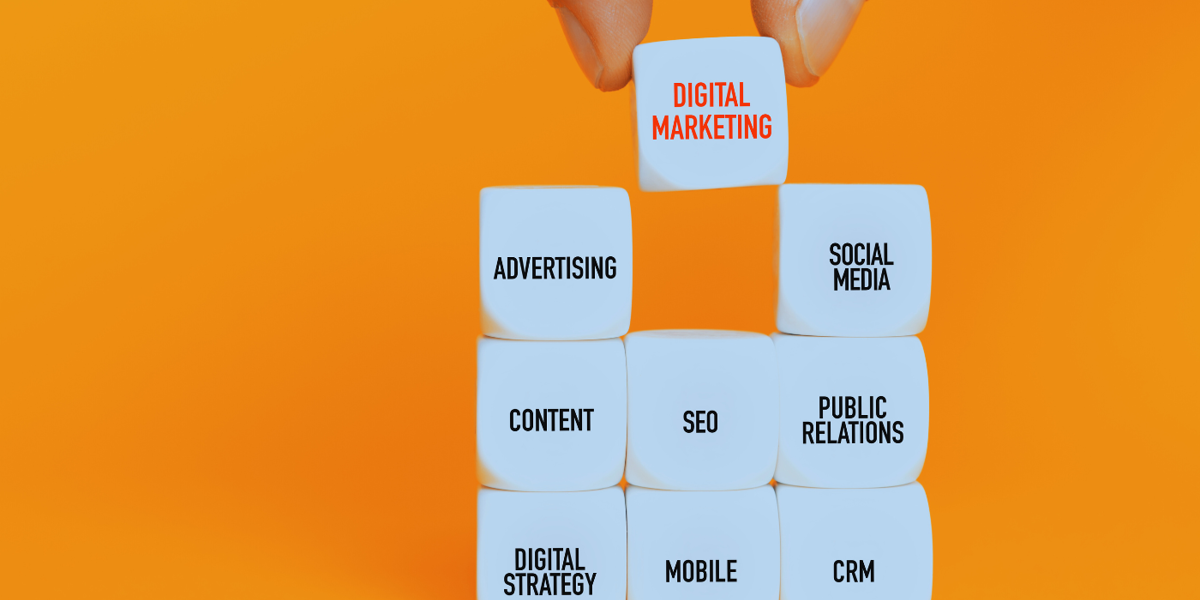
Following the Covid-19 pandemic we know there have been huge changes in consumer behaviour. Companies have increased their marketing spend with further growth expected in 2022, and into the New Year. However, despite increased spending, adaptability, resilience, and innovation are key to marketing success. Companies should expect and embrace ongoing change and plan for the unexpected. So, of the changes, which are durable, and which are temporary? What are the key trends to watch?
Nine Trends to Watch
1. Metaverse
Mark Zuckerberg’s Metaverse is a major digital marketing trend to watch in 2022, with predictions that Metaverse could grow in the gaming world to become a $400 billion business by 2025. Many big companies are making investments to prepare for the new Metaverse, while the smaller brands are keeping watch on this emerging trend.
So what is a metaverse? A broad term, it refers to virtual, 3D experiential worlds accessed through virtual reality (VR) technology, laptops, and mobile devices that let you work, play, and engage with others virtually, using digital avatars.
Popular in gaming, some metaverse-style games you may be familiar with are, Minecraft, Roblox,
and Fortnite. Although the true metaverse will take years to develop, these games provide a flavour of what it might look like.
The growth of the metaverse could revolutionise the event industry. Being entirely customisable, it provides greater opportunities for hybrid or virtual events and is sure to provide new innovative ways for delegates to attend events and for sponsors to be a part of new and immersive experiences.
Seemingly, there are many benefits to a metaverse event, from reducing travel and logistical implications, to lowering barriers to accessibility and helping organisers deliver more sustainable events.
Although excited by the prospect, for now, we will join those on the side-lines and keep watch.
2. Video marketing
“Video marketing is using videos to promote and market your product or service, increase engagement on your digital and social channels, educate your consumers and customers, and reach your audience with a new medium.” - The Ultimate Guide to Video Marketing
These videos are often pre-recorded and disseminated through a spectrum of digital channels.
Today video marketing continues to grow at a phenomenal pace. The graph below shows how ad spend has grown in digital video in recent months, while other channels have experienced a decline. YouTube and other video sharing sites have seen a significant increase in usage and the video marketing space will continue to provide opportunities for businesses that can create high-quality, informative videos that resonate with their audience.
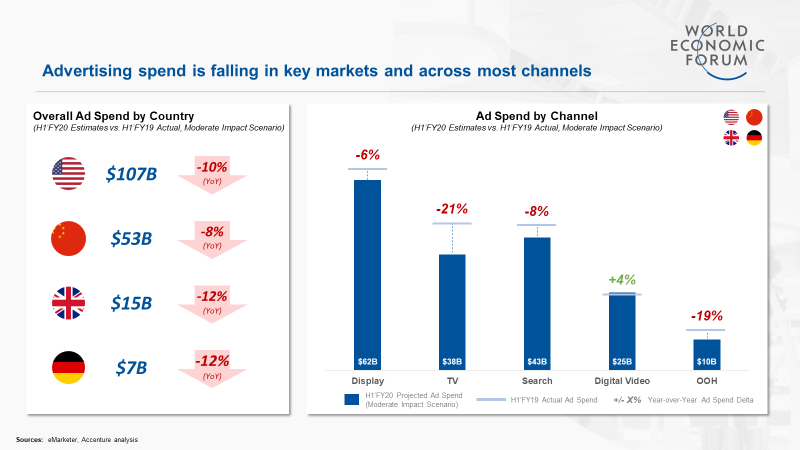
Source: https://www.weforum.org/agenda/2020/06/coronavirus-advertising-marketing-covid19-pandemic-business
- Rise of the shortform video
- Since TikTok took the World by storm, everyone’s love of watching videos seems to have grown. Be it Instagram Reels, YouTube shorts or TikTok, brands can tell short stories to help convert viewers into consumers. Short videos can help you drive engagement, they are an asset to your brand awareness strategy, help increase business sales and can help you reach more audiences across multiple platforms, by resharing. Even amongst our clients, particularly in the Association sector, we have seen TikTok usage increasing.
- Growth in live video
- Live video is also rising. “Live videos”, “live streaming” or “live stream marketing” refers to the strategy of live broadcasting to an audience over social media platforms, such as Instagram, LinkedIn and YouTube. These live videos enable brands to connect with their audience and create a relationship like no other, as they are able to deliver engaging content to a vast audience - all in real-time.
- In fact, it has been estimated that 82% of internet use will be for streaming video by 2022 (Cisco, 2021).
More than 90% of marketers agree that videos have helped increase user understanding of their product or service.
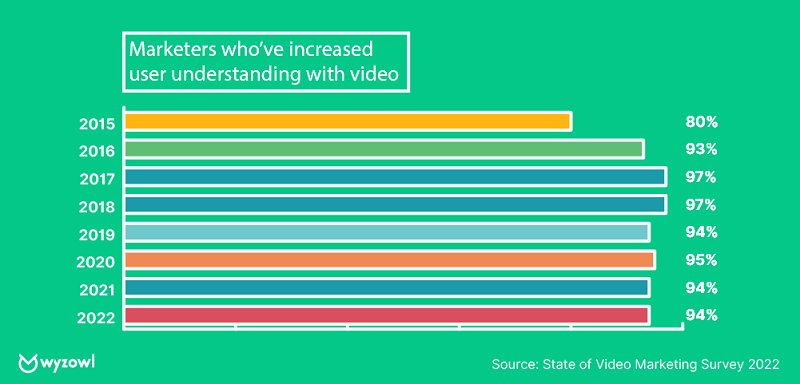
Source: https://blog.hubspot.com/marketing/state-of-video-marketing-new-data
By combining this with a live element, you can increase audience engagement, as the audience becomes a part of the content and are no longer passive spectators.
To learn more about hosting a live event on YouTube, read our article on Public Virtual Events.
For many, video outperforms other marketing tools. Needless to say, for marketers, video should be an essential part of their toolkit.
3. Audio and podcasting
As we discussed in an earlier article, the popularity of podcasts has grown exponentially and the power of the podcast in a marketer’s toolkit even more so. It was reported in the 2022 U.S. Infinite Dial® Report, 62% of people in the US have listened to a Podcast, at least once (an estimated 177 million people). Up from 55% in 2020 and 57% in 2021.
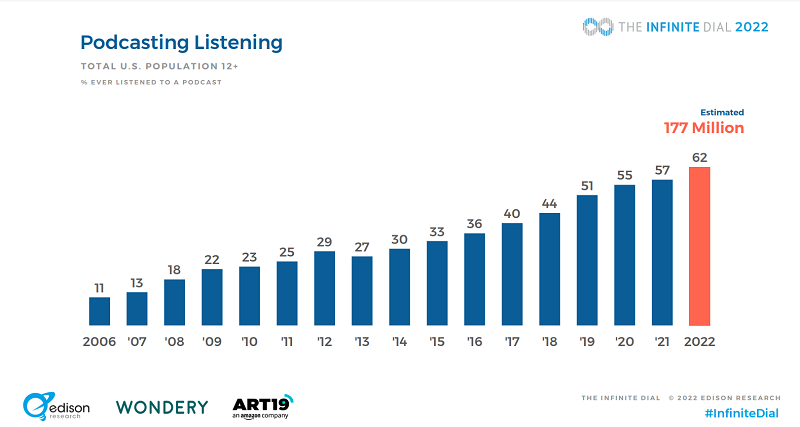
Source: https://www.edisonresearch.com/the-infinite-dial/
So as a channel that continues to grow in popularity, businesses can gain much from adopting this medium. From direct communication to your audience, to thought leadership, showcasing your brand and data collection, this is a powerful tool that every marketer should consider adding to the mix.
4. First-party data marketing
Before we discuss first-party vs. third-party data, it’s important to understand the differences between the two.
First-party data is defined as data that your company has collected directly from your audience - made up of customers, site visitors, and social media followers. First-party data can include a long list of data points including name, address, email address, phone number, purchase history, and behaviours demonstrated on a website. In general, first-party data is more accurate and more reliable than third-party data.
Third-party data is any data collected by a business or other entity that doesn't have any direct link to the visitor or customer. Amassed without a direct consumer relationship, third-party data can be licensed or purchased from the data collector for a variety of uses. Like its first-party counterpart, third-party data can include a long list of fields, but it is often gathered from a combination of surveillance methods, including web browsing, clicks, and cookies, and is not always verified by the consumer.
With third-party data being phased out by big tech, first-party data is now indispensable. Although change now isn’t expected until 2023, this is a sizable shift. “The change will be a reckoning for the advertising industry. The loss of third-party data will leave marketers, ad agencies, and the publishing and media vehicles where advertising appears with little or no first-party data (data directly from consumers who consent to sharing it) in the dark about behavioural and demographic insights that currently help them create target audiences and segments” - McKinsey & Company, The demise of third-party cookies and identifiers.
It is now critical for businesses to develop an understanding on how to capture and use first-party data. Companies should create plans to engage customers with a renewed focus on this data and build relationships that are more direct. To do this, marketers will need to know their target audience; their demographics, interests, wants and needs? The starting point for the shift should be an audit of tools or advertising that are currently being used or running that will be affected.
5. Content
What consumers want and expect from content has changed since the pandemic. Consumers now, more than ever, are aware when they are being ‘sold to,’ and avoid pushy sales styles. Messages need to be authentic, transparent, and vulnerable. The combination of the two where you share information and demonstrate truth and meaning behind your words and actions serves to create empowering content that leads to a sense of connection and community.
Brands that put a human face on their business, were received better throughout the pandemic. They showed how employees were coping, shared personal experiences and messages, they were often the ones that maintained customer loyalty and enhanced their connection with the audience.
Post-pandemic, it is key for marketers to continue to be authentic when publishing content and maintain that connection.
For 2022 and into 2023, review the complete buyer journey and how you’re servicing it at every phase. If there are any gaps, fill them with useful content based on feedback from real people. Dedicate yourself to learning more about your ideal customers, then attract a similar audience online.
6. More digitally orientated consumers
During the pandemic, the reliance on digital tools to help us remain connected with others has resulted in internet use to surge to record levels. Ofcom’s annual Online Nation report revealed that in April 2020, during the height of lockdown, UK adults spent a daily average of four hours and two minutes online – up from just under three and a half hours in September 2019.
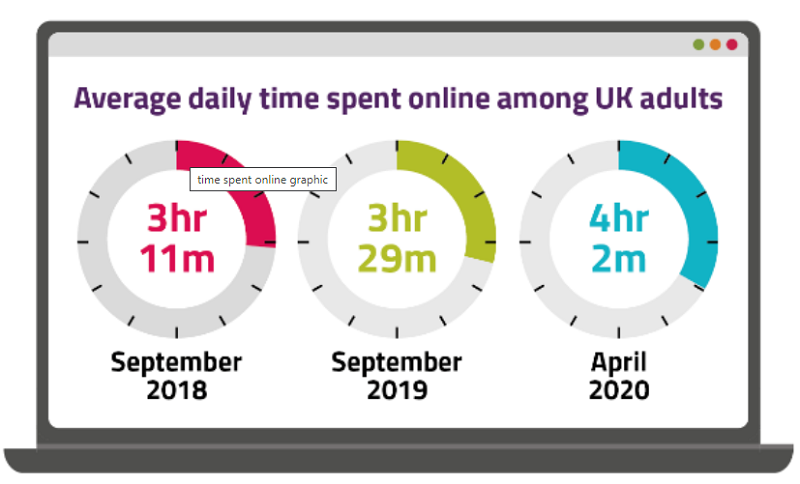
Source: https://www.ofcom.org.uk/about-ofcom/latest/media/media-releases/2020/uk-internet-use-surges
With adults spending more than a quarter of their waking day online (according to the report), the changes will be long lasting. Fundamentally, the way we do business has changed. Some approaches to consider are:
- SEO and paid search - this has become crucial to ensure customers are able to find you online, to check your offering or even see if you are still operating.
- Digital advertising - From TV viewership, to streaming services, to social platforms and gaming, in-home media usage is up. Marketers will need to focus more on advertising the right messages to the right channels.
- Social media - There is no denying there has been a rise in social media usage, so its imperative to build a strong, meaningful presence that constructs and maintains strong relationships with your audience, which demonstrates your ethos, and communicates not just what you do, but who you are.
- Digital events - The rise of virtual events was of course necessitated by the pandemic. However, with the shift in consumer behaviour they are here to stay. Some of our clients have opted to keep their events virtual, despite restrictions lifting and a few are considering the hybrid approach. However, key to this is prioritising features like one-to-one networking opportunities, interactive chats or polls, and innovative branding options to elevate the online event experience.
The bar is also now much higher when it comes to creating hybrid experiences that allow customers and audiences to engage in genuine dialogue with event speakers and sponsors on a much wider scale. To hear more about hybrid events, tune in to: Outsourced Explores: Hybrid Events - Outsourced Events.
7. Voice search
Voice search is increasing in use. Instead of typing each letter of a query into a web browser, speech recognition technology enables us to search the internet though voice. We can simply ask our smart speakers (such as Amazon Alexa) or mobile devices the question in the same way that we talk to our friends and family. For example, you may ask Alexa: “Alexa, what is Outsourced Engagement?”. Voice search means it’s often easier to find answers to our queries, and we can do this just about anywhere on our mobile devices. All you have to do is speak into your device and let the voice search tool do the work!
Voice search is likely to impact on the content created by brands. With voice search on the rise; 61% of those aged 25–64 who already use a voice device intend to use it more in the future according to research by PWC.

Voice search presents some new marketing opportunities. In the very least, your content should be optimised for voice search, but you could also look to smart speaker advertising.
By optimising content for voice search, you are also more likely to be picked up by Google and if the below stats are anything to go by, voice search should be key in your marketing strategy.
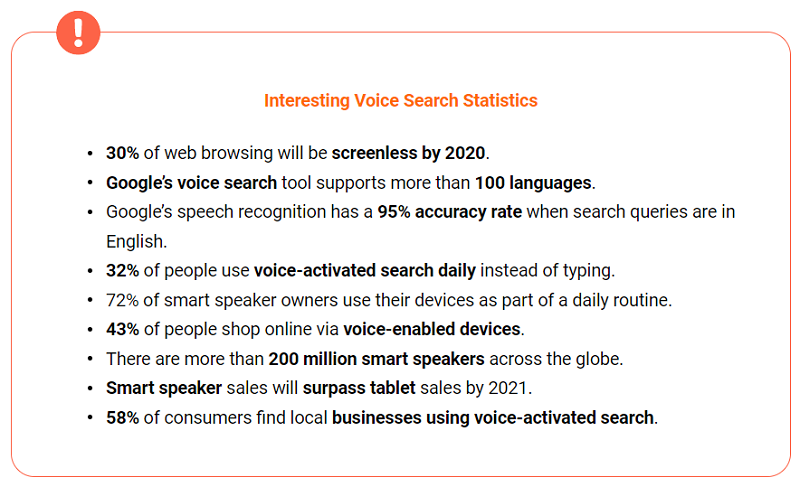
Source: https://firstsiteguide.com/voice-search-stats/
8. AI-based automation
There have been huge advancements in AI over the last few years and many businesses are using AI technology and automation as part of their marketing strategy.
From smart assistants and voice search to chatbots, AI is helping communication. AI is also helping brands to learn more about their audience and customers. This is one trend to watch and take advantage of if you haven’t already.
9. Account-based marketing
Like personalised messaging directly to customers, account-based marketing yields a higher ROI than other types of marketing. Although not an emerging trend, this is one that businesses should embrace. The increasing need to transform the traditional, short-term marketing goal of generating leads with a holistic marketing strategy aimed at long-term revenue growth drives the ABM market. To learn more, listen to our podcast: Outsourced Explores: Account Based Marketing - Outsourced Events.
Our Latest Knowledge & Insights

Anne Cooke
Anne joined our team as Head of Learning and Development in May 2023, and is spearheading an exciting new Outsourced Events formalised training programme for early-stage career event management professionals. Anne's background is in neuroscience and completed a PhD and postdoctoral research at the University of Cambridge. Before joining Outsourced Events she was CEO of the British Neuroscience Association (BNA).
Read More
Cassandra Keogh
Cassandra is our innovative Director of Strategic Initiatives, with more than 15 years of event and project management experience in Australia and the UK. Her passion for music, scotch, chocolate, coffee, dancing, Japanese food, and travel fuels her exploration between events and studies.
Read More
Celebrating our Finance Team
It was a Red Velvet kind of a day in the Outsourced Events office recently as we celebrated our fabulous Finance Team.
Read More



